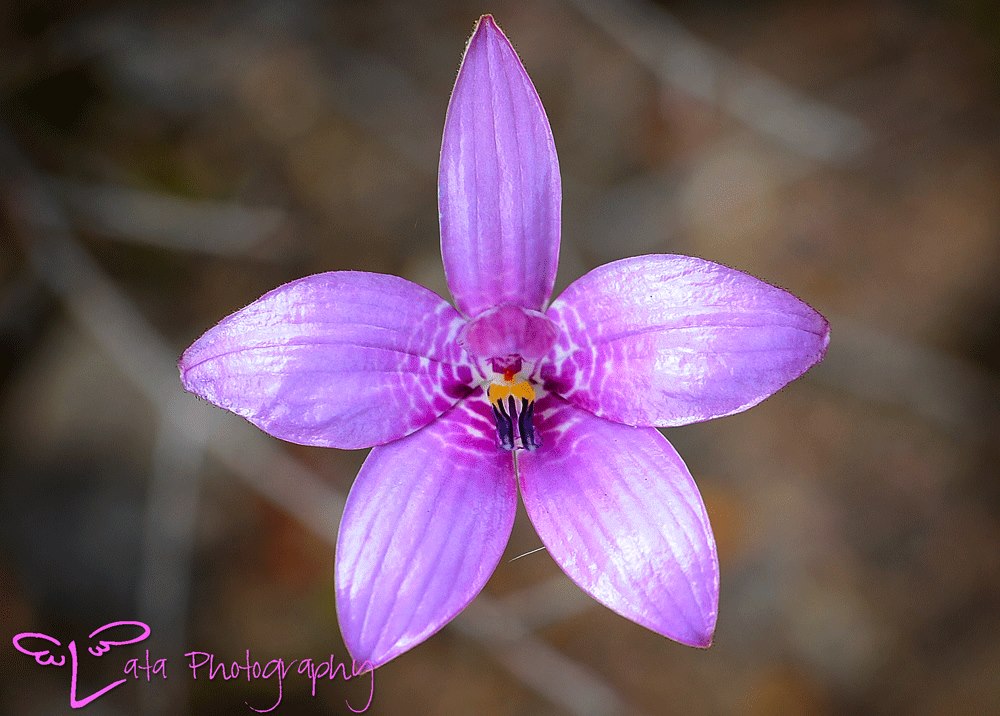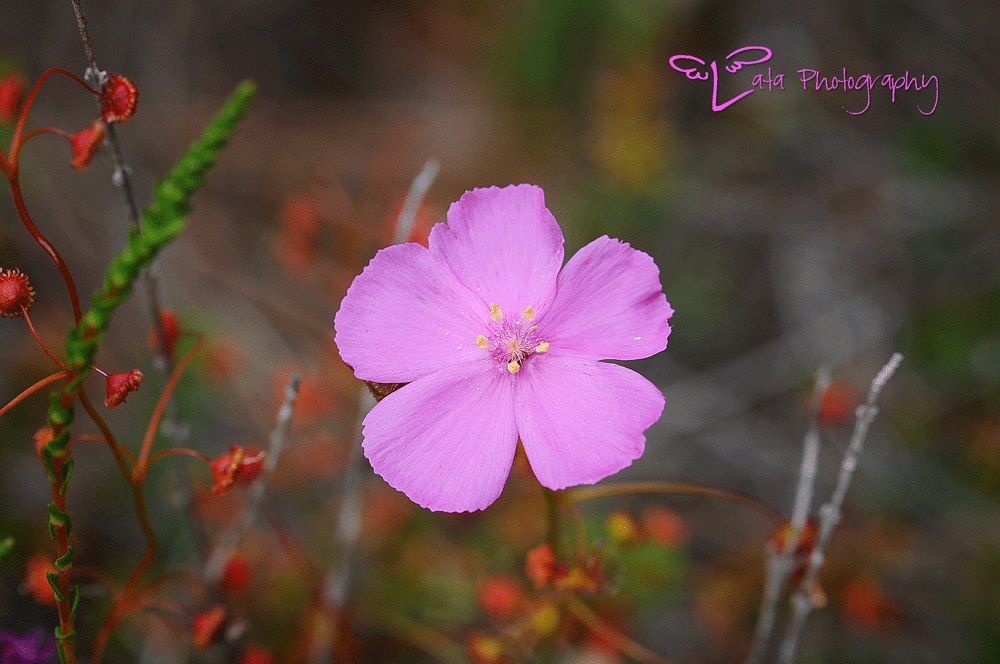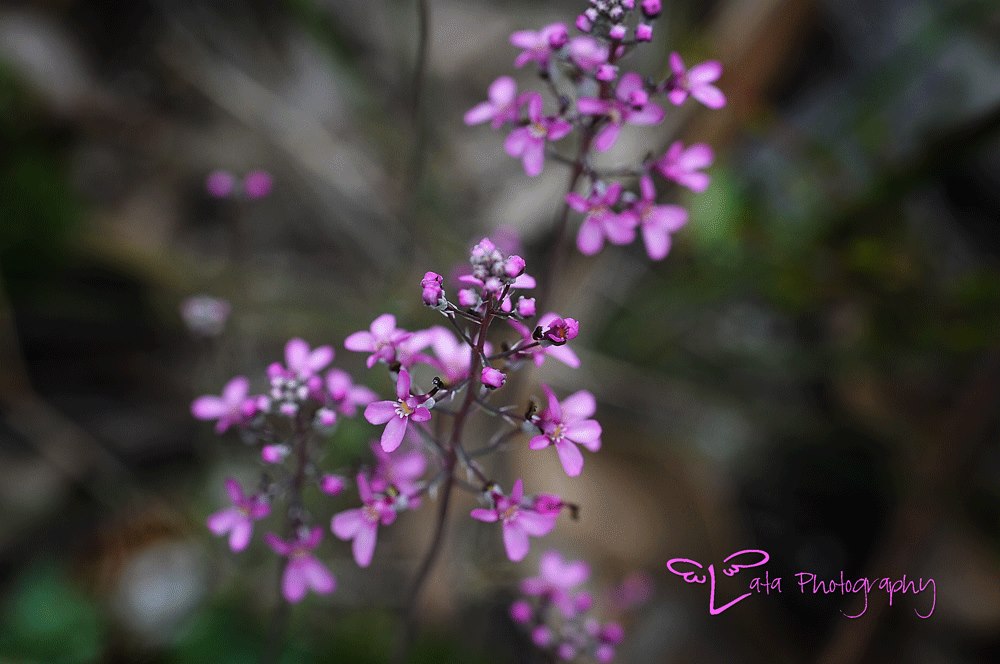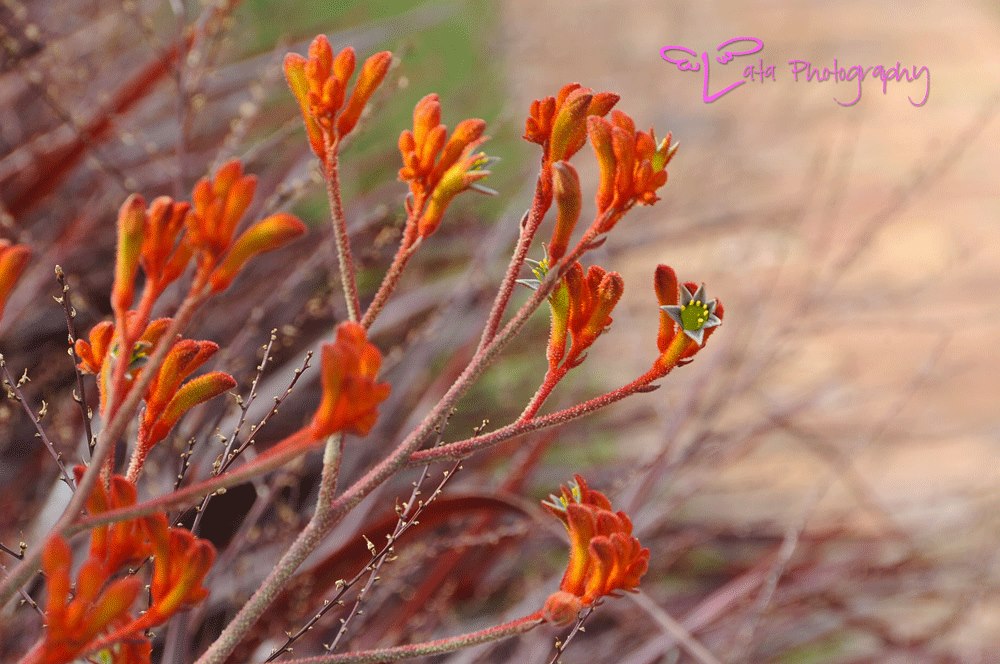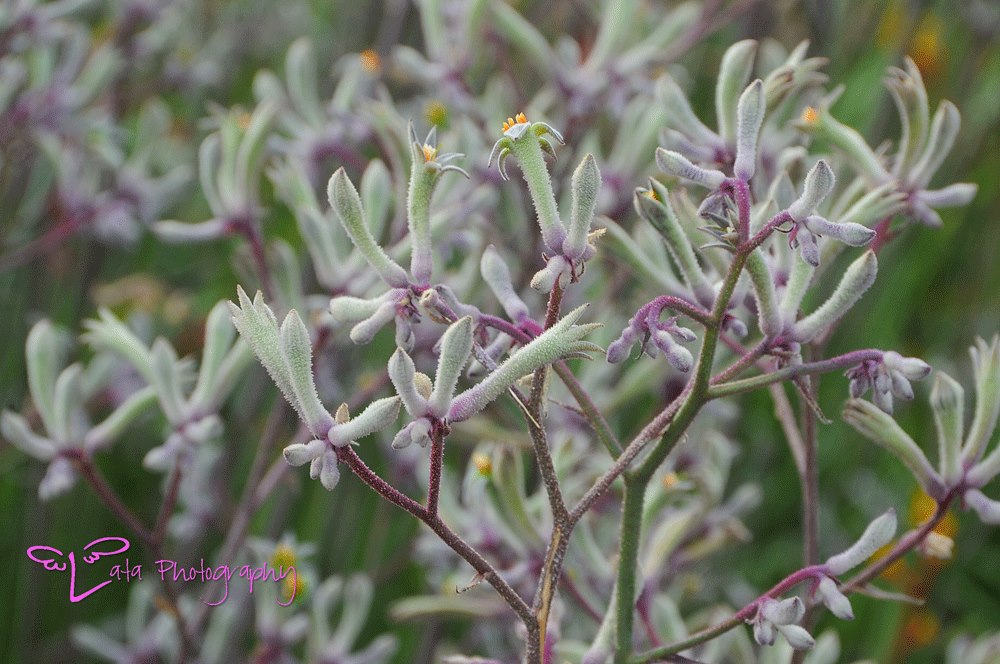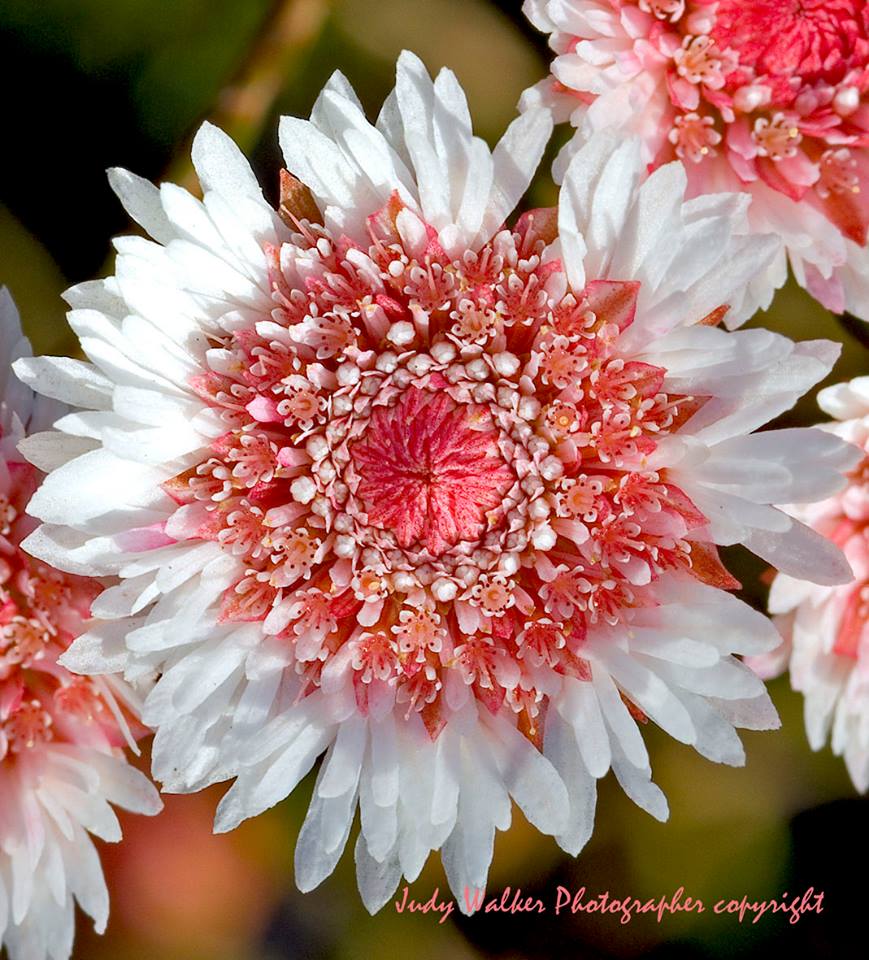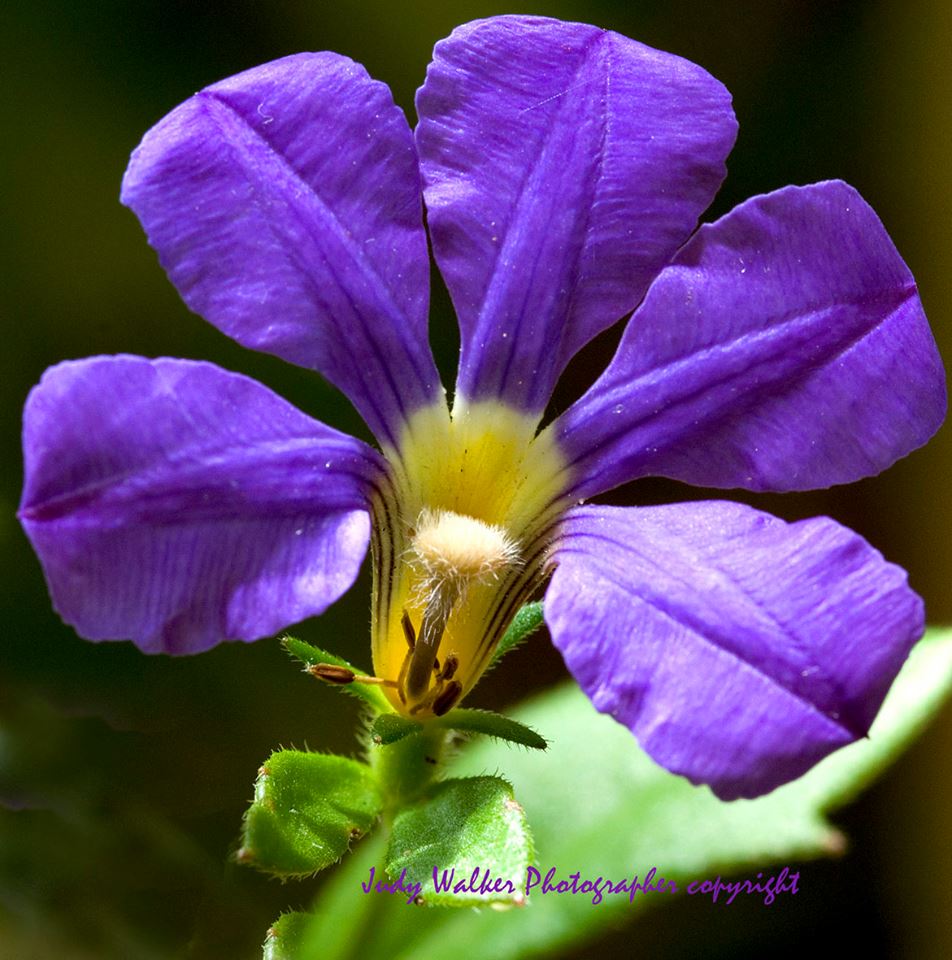
Wildflowers
Wild-flowers are one of the many reasons people visit Albany during Spring. Grab your camera, take a hike through the many National Parks and find some awesome coloured flora. Although the peak flowering time is from September to November, there is always something in flower throughout the year
Thank you to
Lata Photographyfor our cover photo.
There are more than 1,500 species of plants and more than a hundred types of birds found in the popular Stirling National Park near Albany. In season, wild-flowers bring abundant colour to walk trails and picnic areas. The nearby Porongurup National Park is also a great place for birdwatchers.
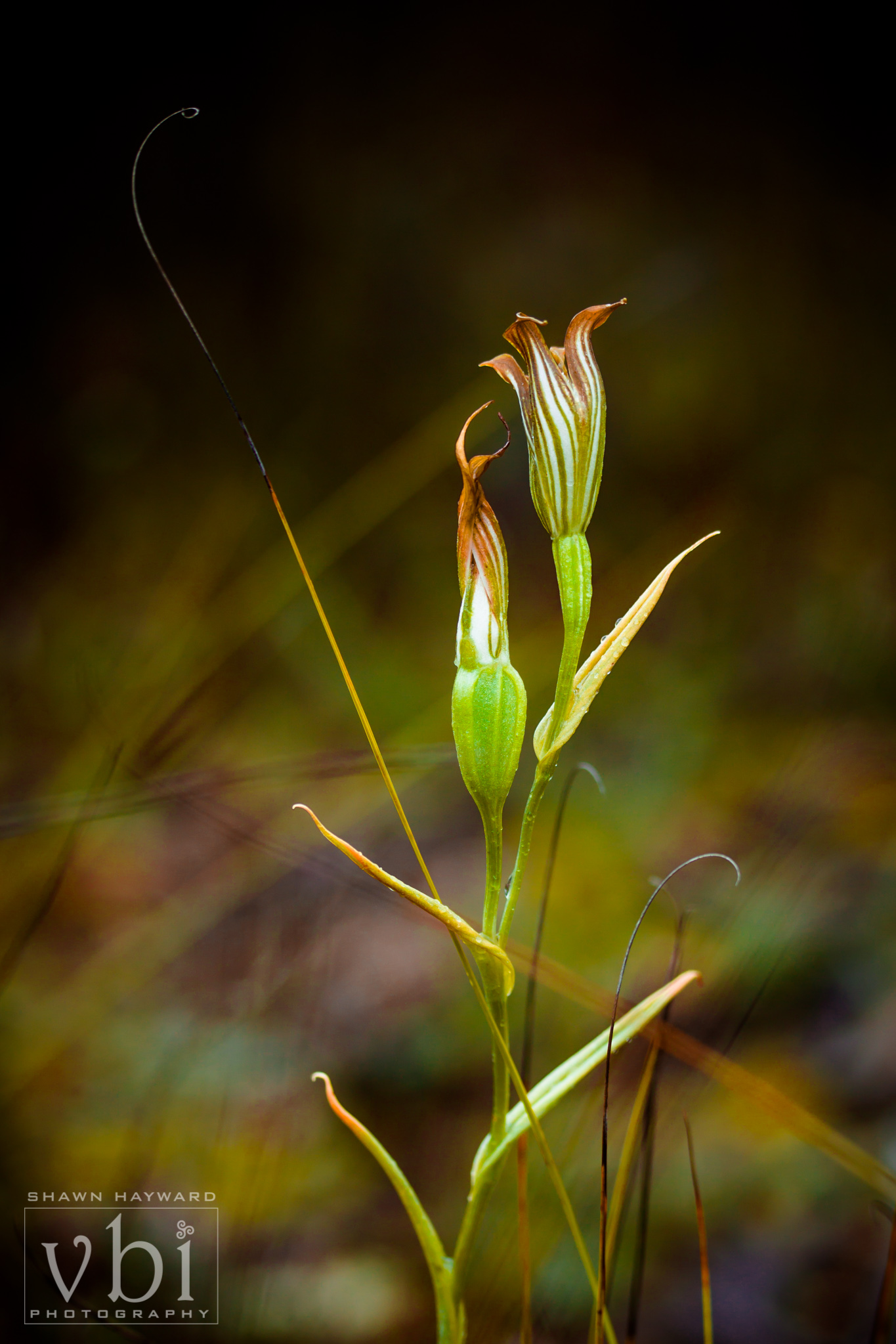
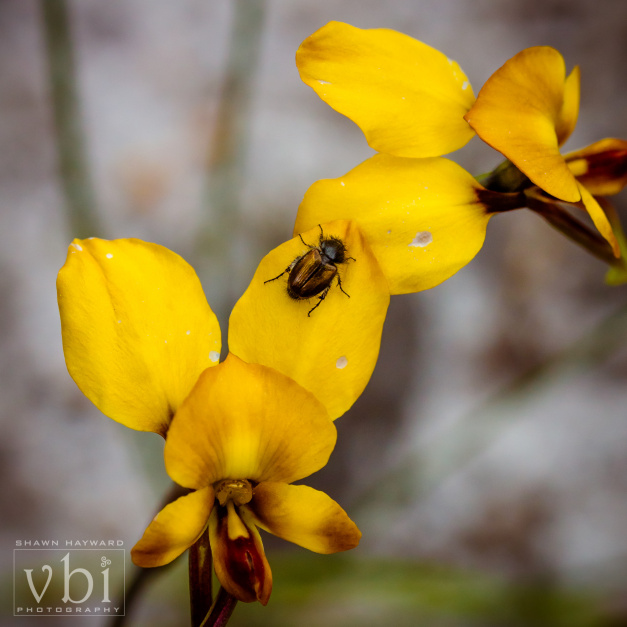
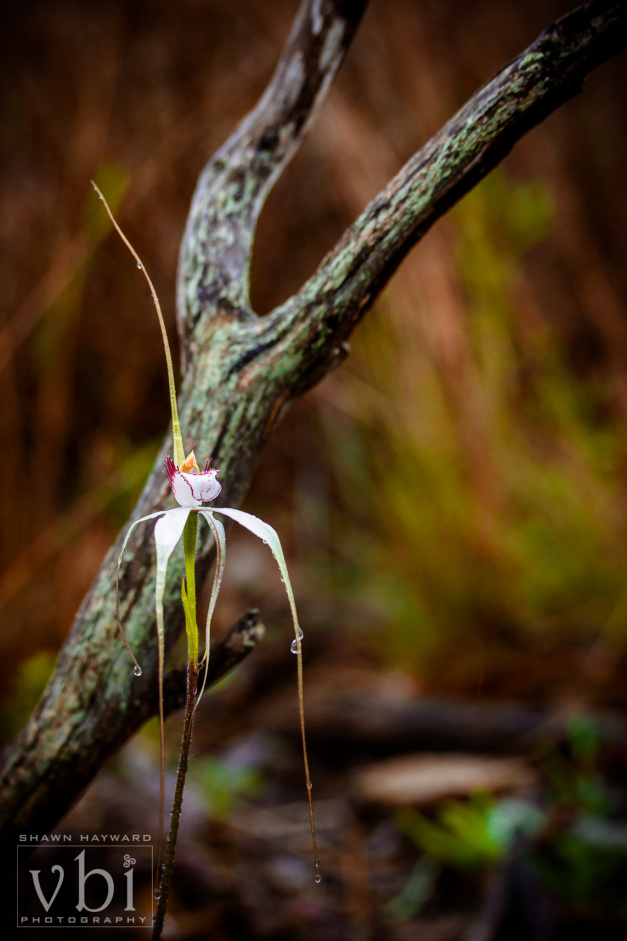

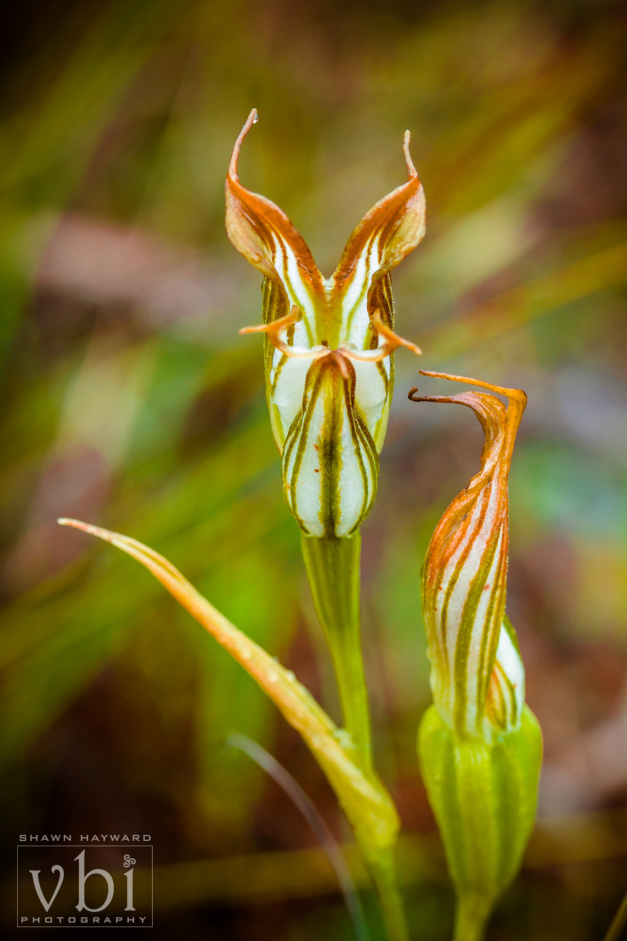
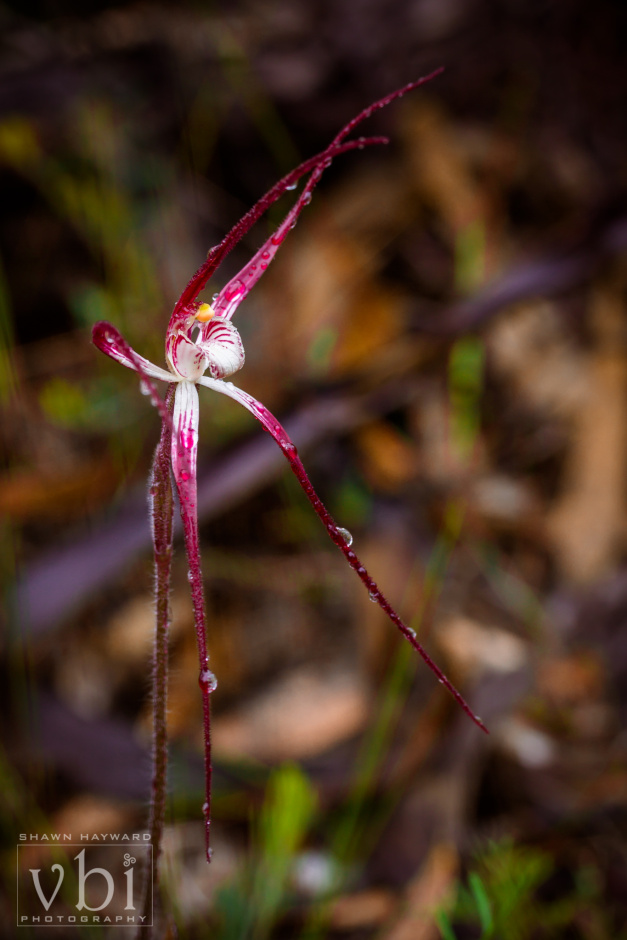
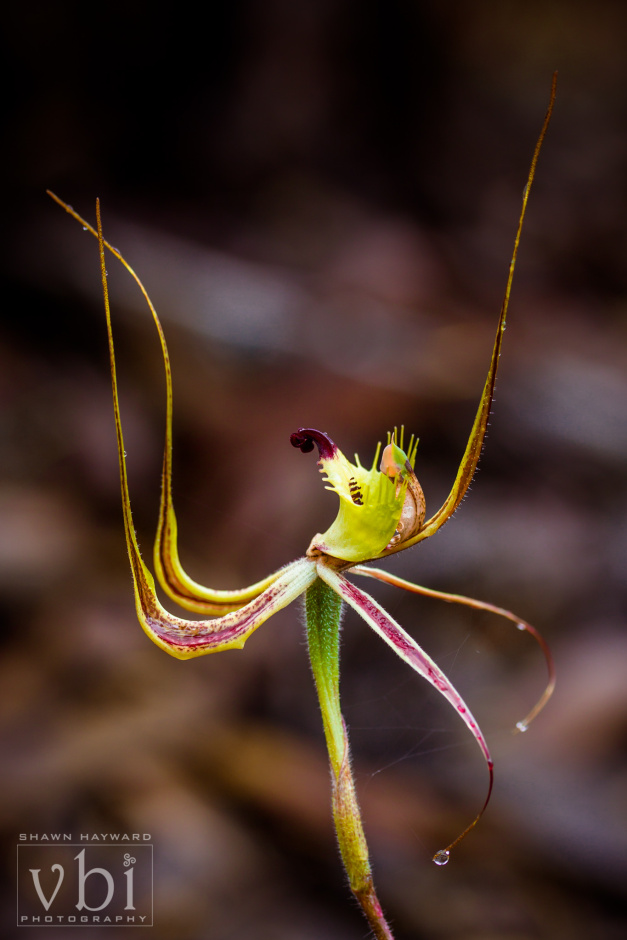

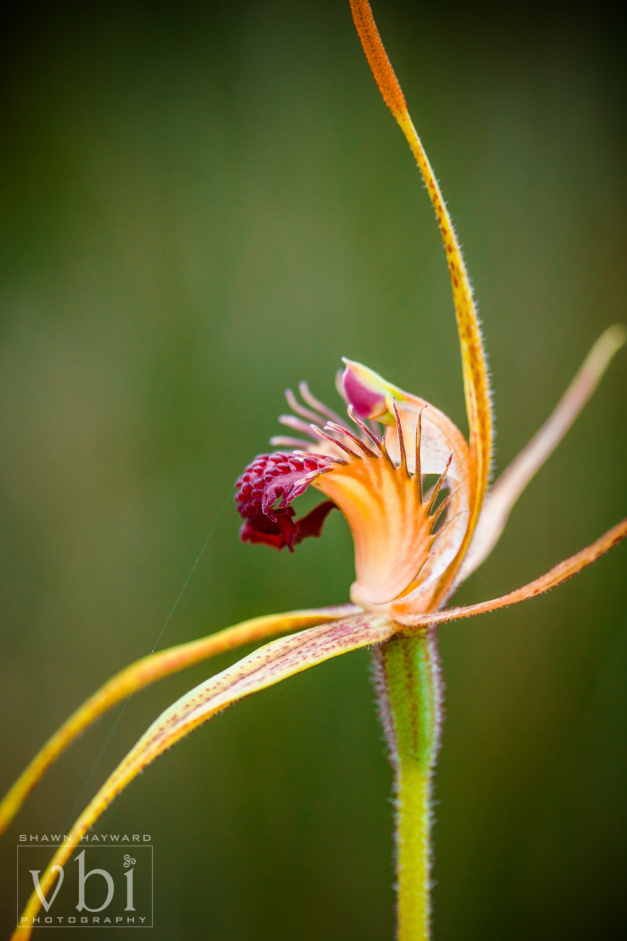
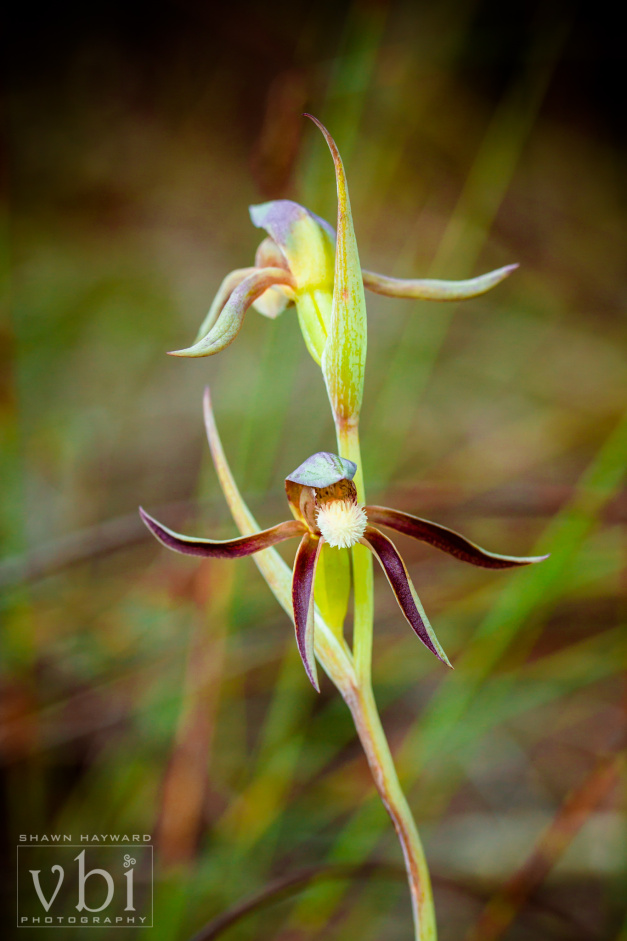
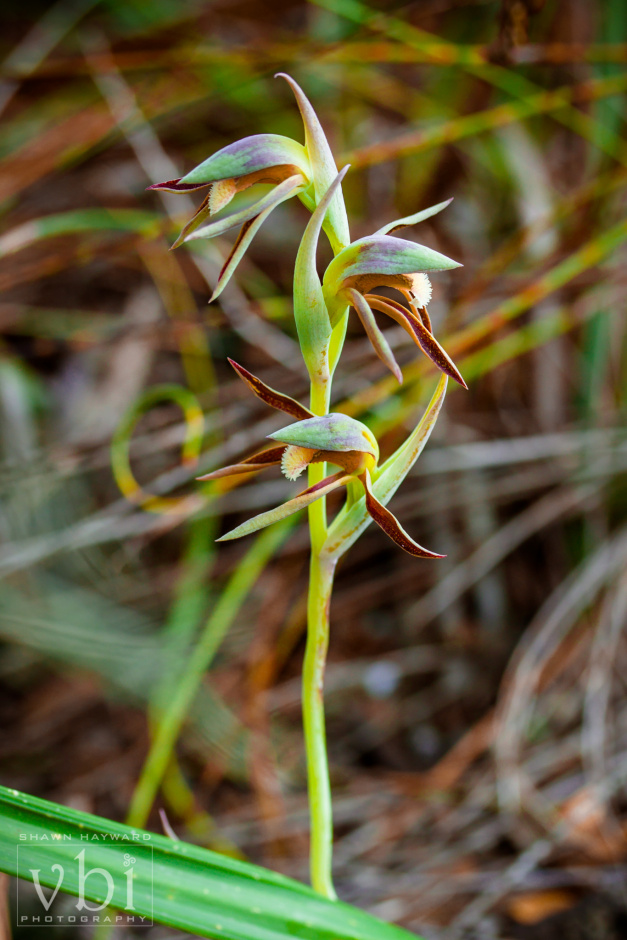
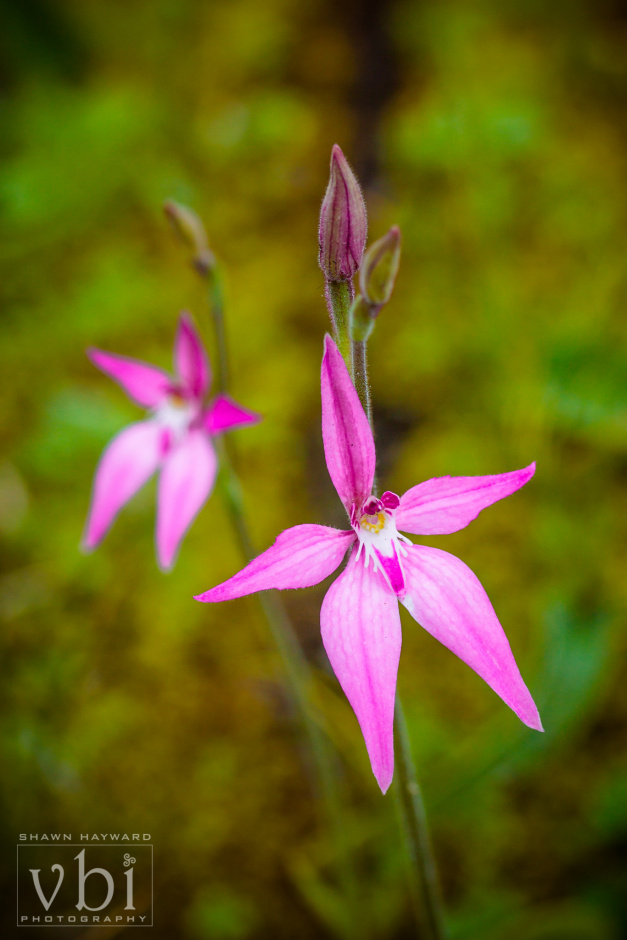
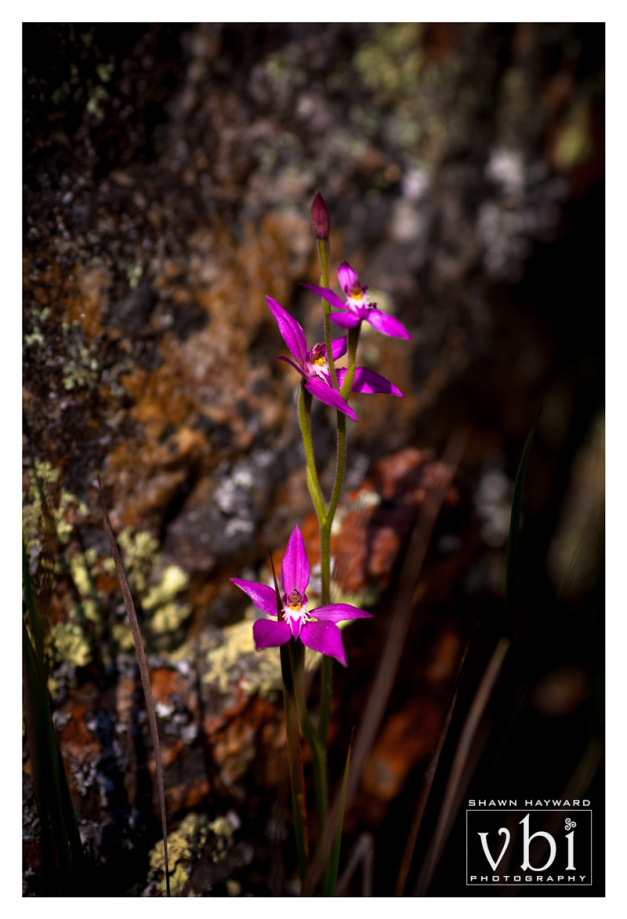
Thank you Shawn Hayward for your stunning photos of orchids in our Albany Region. ..such intricate detail. Please check out Shawn’s webpage for more amazing photos.
WILDFLOWER WATCH 23rd SEPTEMBER 2013
To visit orchid and wildflower hot spots, join the Hidden Treasures Orchid and Wildflower Tour which leaves the Retreat’s office daily at 9am, until 31st October. Duration 3 hours. Tariff $49 per person. Bookings recommended.
Ayleen, Tony and Brian welcome you on board!
We are showing the Red Beak Orchid (Pyrochis nigricans) a rare find, known to flower profusely after a hot summer fire. . . .and there hasn’t been a fire where it is flowering!
Caladenia orchids to discover include the Blood (C.filifera), Club Spider ( C. longiclavata), Cowslip (C. flava), Cowslip (late) (C.sylvestris), Crab-lipped (C.plicata),Dancing Spider (C.discoidea), Dragon Orchid (C.barbarossa), Dwarf Spider (C.bryceana), Fringed Mantis (C.falcata), Joseph (C. polychroma), Heberles (C.heberleana), King (C. pectinata),Little Pink Fairy (C. reptans), Prisoner Orchid ( hybrid Zebra X Joseph), Reaching Spider ( C. arrecta), Rusty (C.ferruginea) Stumpy Spider (C. ensata),Western Wispy ( C.microchilla) White Spider Orchids (C. longicauda subsp. longicauda; eminens and others ) and Zebra (C. cairnsiana).
The Blue Fairy (Pheladenia deformis), Silky Blue (Cyanicula sericea), Blue China (Cyanicula gemmata), Sugar ( Ericsonella sacharata), Lemon Scented (Thelymitra antenniferra) Donkey (Diuris corymbosa), Bee (Diuris laxiflora), Bird (Pterostylis barbata), Banded Greenhood
(Pt .vitata), Jug (Pt.recurva ) and Slender Snail Orchid (Pt slender) are also blooming.
Wildflowers delighting visitors include orange davesias and 1080 peas, plus numerous yellow and orange peas (gompholobiums) and peach chorizemas; red leschenaultia, grevillea, beaufortia, nemcia, kennedia , running postman, banksia; blue philotheca and dampiera; purple tinsel flower (Calectasia grandiflora), hovea, flag iris, and hardenbergia; mauve Phylotheca; white leucopogons; yellow, white and orange drosera; cream petrophile and melaleukas; yellow synaphea and acacia; rust coloured (Stirlingia latifolia) and Banksia Gardneri; pink boronia, painted lady, deep pink pixie mops ( isopogons) and many hakeas.
Hakea pandicarpa with white/brown flowers, H. preissii (cream flowered) and other hakeas are flowering. To identify Hakeas, look for a large seed pod which stays on the shrub for 1 – 7 years and splits in half, to shed one seed from each half.
Did you know?
Tip 1: Spring at Stirling Range is all about plant diversity per square metre.
Tip 2: We stop driving when we see colour, and always find unexpected treasures.
Tip 3: We carefully and slowly walk along the edge of the road near the gutter, where plants have less competition for sunshine, more moisture and well drained soil.
Tip 4: Mountain bells (Darwinia lejostyla) growing above the 300 metre contour level on Mt Trio are stunning. They also in bloom on the Bluff Knoll path.
ENJOY!
